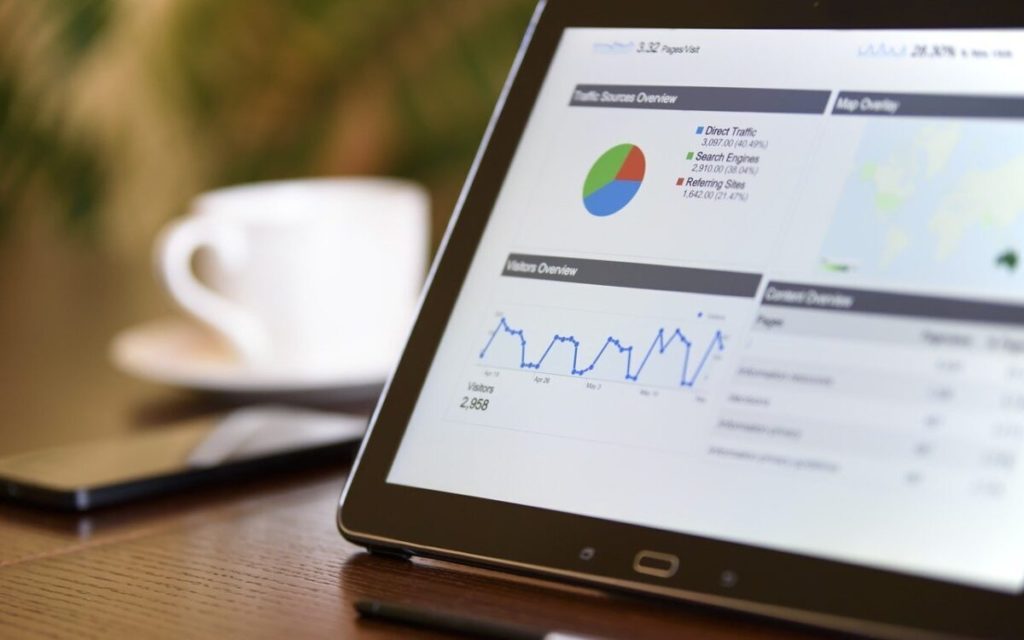Nest Commerce has produced its latest report. Will Ashton, CEO pulls out the highlights for us
Ecommerce brands are spending 158% more on upper-funnel objectives
Advertising spend on brand objectives has spiked among ecommerce companies in Q1 2023, up 158% year-over-year (YoY) and 6% quarter-over-quarter (QoQ), growing much faster than performance objectives in the latest three-month period.
This is a key finding in the latest Nest report, drawing on quarterly trends, insights and learnings from global Meta data from more than 40+ ecommerce brands, 80% prospecting campaigns, generating more than 1 billion impressions across the last quarter.
Produced by performance, brand and creative agency Nest Commerce, the report comes off the back of a period of diversified success amongst ecommerce brands in the current economic climate with a variety of different strategies having emerged. While some brands such as ME+EM and Reiss have maintained growth despite tough conditions, others such as pandemic favourite Made.com have completely collapsed.
Among those that are performing well, there has been a greater shift away from performance-heavy campaigns that are overly reliant on Google, and towards diversified, full-funnel marketing strategies focused on core brand objectives.
Critically, those with diversified strategies have been able to capitalise on recent opportunities in Meta, Reels and video advertising, as data from the Readout report shows.
Meta delivers better results
The cost of advertising on Meta plummeted during Q4, driven by brands pulling out of the auction, Advantage+ campaigns increasing broader demand and strategies shifting to top-of-funnel. Cost per thousand (CPM) has stayed low in Q1, and was an average of 25% lower YoY in March 2023 compared to March 2022.
Meanwhile, Meta conversion rates (CVRs) have soared, with average CVR up 63% YoY in Q1. This is likely to have been driven by Meta’s enhanced statistical modelling providing a more accurate picture of attributed conversions, and more investment in upper-funnel objectives driving better performance.
Reels investments surging, with video showing value
Investment in Reels advertising shows no sign of slowing following a dramatic surge in Q3 2022. Impressively, spend is up 3,077% YoY after brands began experimenting with the format this time last year. CPM also remains affordable with a 53% lower cost than non-Reels, while conversions now trail alternative formats by just 12%.
While click-through rates (CTRs) are 65% lower compared to non-Reels, there was a 44% QoQ increase in CTR. Therefore, engagement is trending in the right direction with consumers becoming increasingly engaged to purchase when using Reels.
Video ads are also showing greater value, offering much cheaper customer acquisition than in 2022. There is a 35% lower cost per action (CPA) YoY for video ads. Brands that nail the fundamentals of a strong hook, snappy transitions, unique selling point (USP) overlays and clear calls to action (CTAs) are likely to be successful here.
Confidence in Google falls as focus shifts to top-of-funnel
Growing shifts towards Reels and video ads on Meta are undoubtedly a result of growing pressures from TikTok. However, they also reinforce the strategic shift away from performance-heavy campaigns and towards full-funnel strategies in 2023.
As objectives shift towards the upper funnel and brand proposition spend spikes, Google has simultaneously lost favour, with 70% of ecommerce industry insiders surveyed agreeing that the platform is becoming less efficient and more costly as an ecommerce marketing resource.
What works on Google has changed in recent years due to diminished data-visibility and increased automation. However, with marketers under pressure to show efficiency through last click attribution, many are overinvesting in retargeting on Google.
In this landscape, it’s evident that measuring beyond last click is a clear competitive advantage.
Will Ashton, CEO of Nest Commerce, comments: “Similar to last spring, brands face a challenging ecommerce landscape, and consumer behaviour remains unpredictable. Brands are responding to the tough economy with very different strategies, and this is leading to wildly different business results.
“Brands that are thriving in the current environment have this in common: a solid brand and product strategy. They know who they are selling to and how to drive desire in that audience.”






